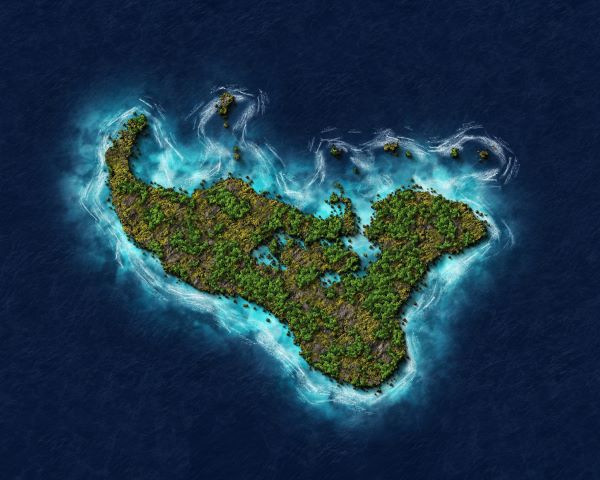
|
|
Tonga’s subsea internet cable has been damaged following the recent volcanic eruption. Tonga experienced a 1.2 metre tsunami wave after the eruption on January 15th 2022, damaging buildings and injuring civilians.
Tonga could be cut off from the rest of world due to difficulties in repairing its sole undersea communications cable, which was damaged during the eruption of the volcano.
Subsea or submarine cables are fibre optic cables that connect countries across the World via cables laid on the ocean floor. The Tongan volcanic eruption has exposed the vulnerabilities in our global telecommunication system. There had been previous concerns over the fragility of the undersea cable and potential disruptions that could happen when natural disasters occur. Tonga is heavily reliant on this system as it is more stable than other technologies. This has had a massive impact on Tonga, relatives can’t make contact with family to check on them after this disaster, It has also made it difficult for Tongan government officials and emergency services to communicate with each other, and for local communities to determine aid and recovery needs.
The repair to the network cables will most likely be carried out by a cable laying vessel called the CS Reliance which is currently near the Papua New Guinea capital of Port Moresby. The ship is operated by Subcom which holds a maintenance contract covering 19 cable systems across the South Pacific.
SubCom has a long-standing marine maintenance contract in the South Pacific region and is actively working to mobilise cable ship SubCom Reliance for the Tonga cable repairs.
So, what is the solution for the future to prevent this happening again?
Given the vulnerability of the network, the first step to mitigating risk is to undertake research to quantify and evaluate the actual risk to submarine cables in particular places on the ocean floors and to different types of natural hazards.
Governments and the telecommunication companies should find ways to understand which cables are vulnerable, and to what sorts of hazards, then develop a disaster recovery plan to reduce risk. They should also look to diversify the way we communicate, such as by using more satellite-based systems and other technologies.
Date: February 7, 2022
Author: Morris